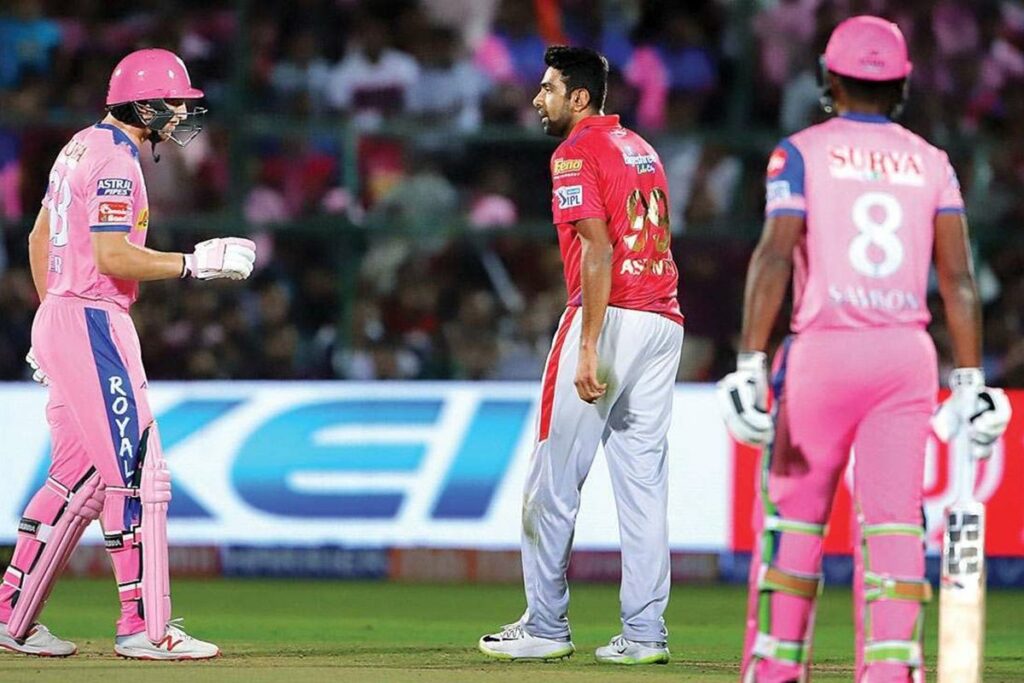The Marylebone Cricket Club, cricket’s law-making body, has approved a few major changes to the sport’s rule book, with the de-stigmatisation of running out the non-striker being the major highlight.
The MCC wishes to detach the taboo associated with this form of dismissal, stating it is a perfectly “legitimate” and legal mean to send a batter back if he is caught outside the crease.
Over the years, bowlers have faced scrutiny and criticism on the unwritten ‘Spirit of Cricket’ account whenever they have dismissed a non-striker run-out for standing outside the crease in an attempt to steal crucial inches to secure the run.
The MCC now wants them to gather acceptance and not be painted as a “villain” by the wider populace of cricket supporters, directly establishing it as an integral part of the run-out rules and regulations instead of the unfair play section.
“The bowler is always painted as the villain but it is a legitimate way to dismiss someone and it is the non-striker who is stealing the ground. It is legitimate, it is a run-out and therefore it should live in the run-out section of the laws,”
MCC Laws Manager Fraser Stewart told the Times.
The act of running out a non-striker for backing too far – contentiously referred to as “Mankading” because of India great Vinoo Mankad’s involvement in such a dismissal during the 1948 Australia tour – will now move into Law 38 of the rule book, pertaining to run-outs. It had been part of Law 41 for Unfair Play all this while.
This is one of multiple changes that will come into effect on the cricket field from later this year. Among other changes, a new batter will be on strike even if the two batters crossed their ends while a caught dismissal was in play. The decision to change this regulation has been made after necessary trials in The Hundred competition played in England last year.
Historically, if two batters crossed ends before the catch was completed on the field, the new batter would take the strike. Now, unless it is the end of the over, they will always be on strike for the next ball regardless of whether the previous two batters crossed ends or not. The idea is to reward the bowler for inflicting a dismissal by bowling to a new batter, not the set batter who may have wanted to take strike.
In another interesting change approved by the MCC’s main committee this week, a greater leeway will be given to the bowler while assessing the wides. If the umpire finds that the batter moved across the crease, greater leniency will be shown to the bowler in case he lands it wide to avoid the batter’s downswing. To balance things up, the penalty runs will be imposed on the bowling unit in case their fielder or fielders are seen moving around unfairly as per the 30-yard cycle field regulations.
Cricket could also see a full-time prohibition of the use of saliva on the cricket ball after being put to use as an interim measure to curb potential viral spread amid COVID-19 pandemic. The MCC believes since the prohibition on saliva has had no effect on the amount of swing that bowlers have enjoyed, especially in Tests, it makes sense to make the newly-adopted stance cricket’s default position on ball-shining. The idea is also to remove any ambiguity with regards to the use of mints or sweets, which are already an illegal means to shine the cricket ball.


